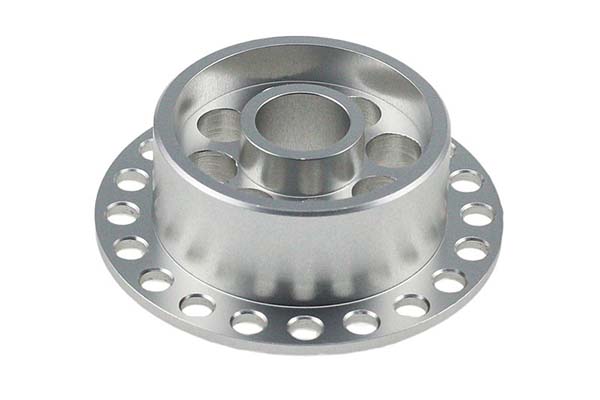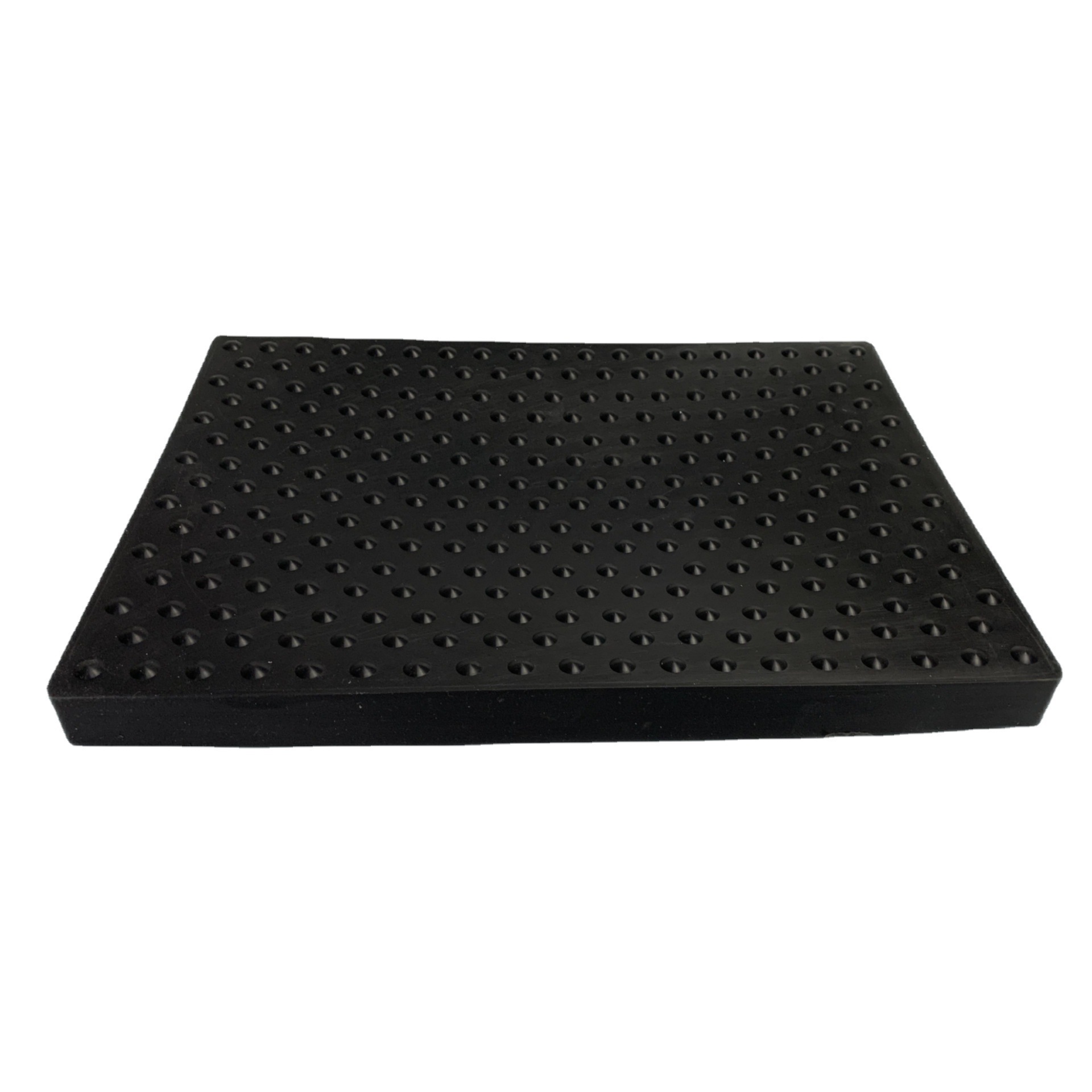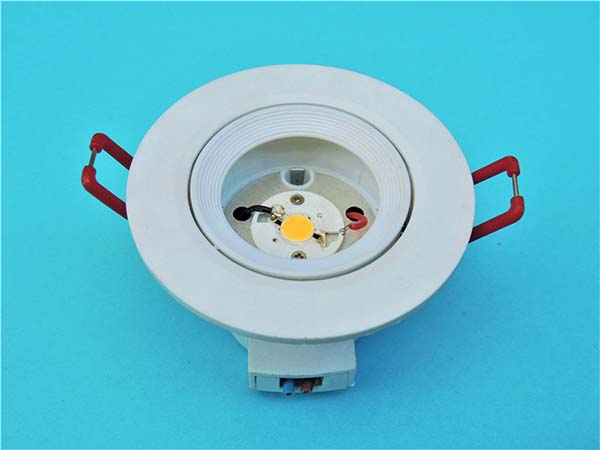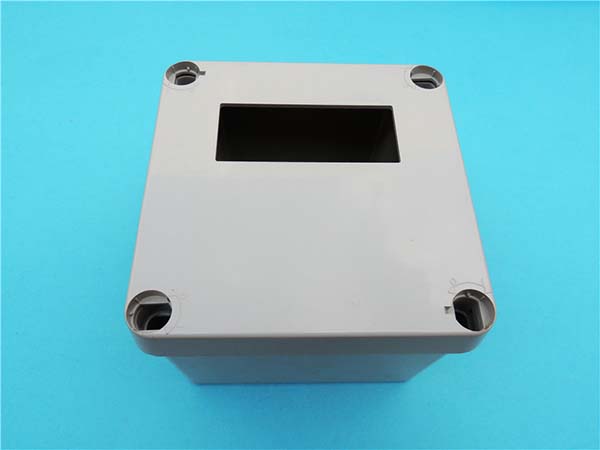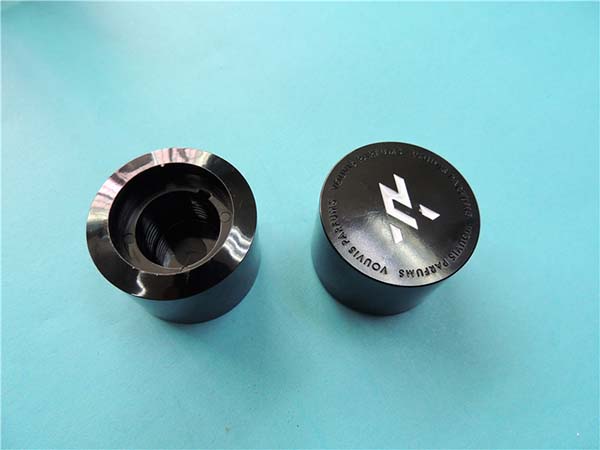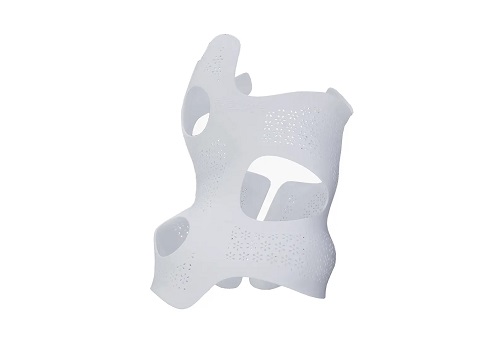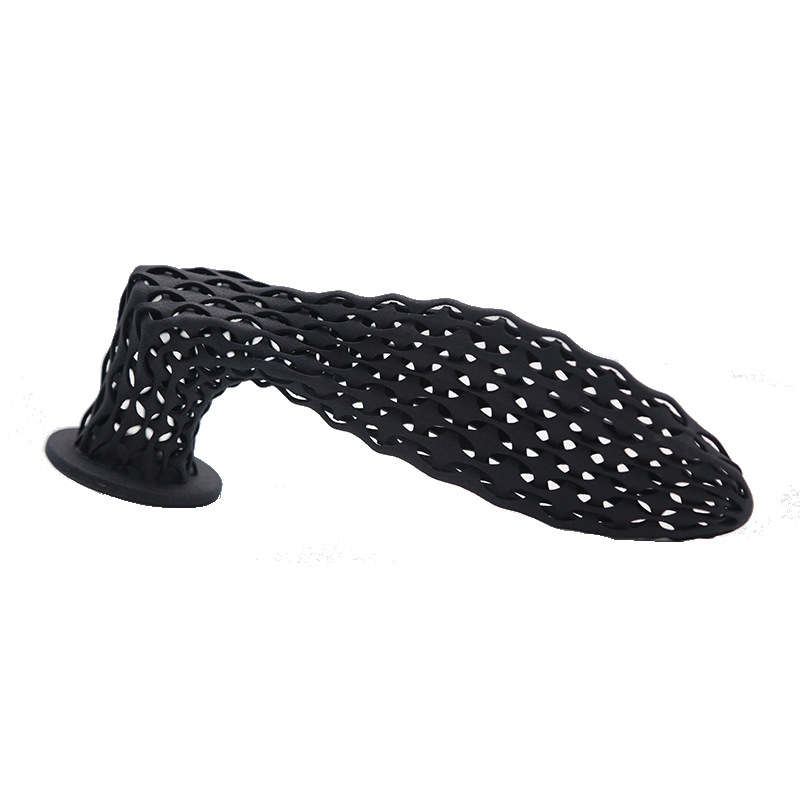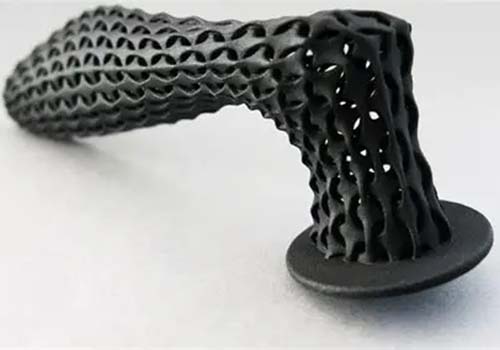What is 3D Printing?
3D printing, also known as additive manufacturing, is a revolutionary technology that has been transforming various industries in recent years. At its core, 3D printing is the process of creating three - dimensional solid objects from a digital file.
The process starts with a 3D model, which can be created using computer - aided design (CAD) software, 3D scanning, or even by modifying pre - existing digital models. This digital file serves as the blueprint for the physical object. A 3D printer then reads the digital file and uses various materials, such as plastics, metals, ceramics, or even biomaterials, to build the object layer by layer.
For instance, in the case of plastic 3D printing, a common method is Fused Deposition Modeling (FDM). In FDM, a spool of thermoplastic filament is fed into the 3D printer. The printer heats the filament until it becomes molten and then extrudes it through a small nozzle. The nozzle moves in precise patterns, depositing the melted plastic layer by layer. As each layer cools and solidifies, it bonds to the layer below it, gradually building up the 3D object.
Another popular 3D printing technology for plastics is Stereolithography (SLA). SLA uses a vat of liquid photopolymer resin. A laser beam traces the cross - section of the object onto the surface of the resin, causing it to solidify. The build platform then lowers slightly, and another layer of resin is exposed to the laser, repeating the process until the entire object is formed.
When it comes to metal 3D printing, Selective Laser Melting (SLM) is a widely used technique. In SLM, a high - power laser selectively melts fine metal powder layer by layer. Once the powder is melted, it solidifies and bonds to the previously melted layers, creating a dense, fully - functional metal object.
3D printing has come a long way from its early days as a niche prototyping technology. Today, it is being used in a vast range of applications, from aerospace and automotive industries to healthcare, architecture, and even fashion. Its ability to create complex geometries, reduce waste, and enable rapid prototyping and customization makes it an invaluable tool for businesses and innovators worldwide.
The Working Principle of 3D Printing
Understanding the working principle of 3D printing is crucial for those looking to utilize 3D printing services effectively. The process can be broken down into several key steps:
Modeling
The first step is creating a 3D model. This is usually done using computer - aided design (CAD) software. Designers can create highly detailed models, taking into account factors such as the object's size, shape, structural integrity, and surface finish. For example, if designing a complex mechanical part, engineers need to ensure that all the internal channels and external features are accurately modeled. Another option is to use a 3D scanner to capture the shape of an existing object and convert it into a digital 3D model. Once the model is created, it's essential to check for any errors or imperfections and make necessary corrections to ensure the final printed object meets the desired specifications.
Slicing
After the 3D model is ready, it goes through a process called slicing. Specialized slicing software is used to divide the 3D model into a series of very thin layers, typically ranging from 0.1 mm to 0.3 mm in thickness, depending on the required precision. During this process, the slicing software also determines various printing parameters. These parameters include the printing speed, extrusion rate (how much material is deposited per unit time), and layer height. For instance, a higher printing speed may be suitable for less detailed parts, while a slower speed is often required for intricate designs to ensure better accuracy. The software also calculates the toolpath that the 3D printer's nozzle or laser will follow to deposit the material layer by layer.
Printing
Once the slicing is complete, the 3D printer is ready to start the actual printing process. Different types of 3D printers use various methods to deposit the material. In Fused Deposition Modeling (FDM) printers, a thermoplastic filament is heated until it becomes molten and is then extruded through a small nozzle. The nozzle moves in a precise pattern according to the toolpath generated during the slicing stage, depositing the melted plastic layer by layer. As each layer is deposited, it quickly cools and solidifies, bonding to the layer below it. In Stereolithography (SLA) printers, a laser beam traces the cross - section of each layer onto a vat of liquid photopolymer resin, causing the resin to solidify. Selective Laser Melting (SLM) printers, used for metal 3D printing, melt fine metal powder layer by layer using a high - power laser.
Post - processing
After the 3D printing is finished, the printed object often requires some post - processing. This can include removing support structures that were added during the printing process to hold up overhanging parts. For example, in a complex 3D - printed sculpture with intricate overhangs, support structures made of the same or a different material are printed to prevent the overhangs from collapsing during printing. Once the printing is complete, these supports need to be carefully removed. Other post - processing steps may involve surface treatment to improve the appearance and smoothness of the object. This can include sanding, polishing, or applying a coat of paint or other finishes. In some cases, heat treatment may be necessary for metal parts to enhance their mechanical properties.
Mainstream 3D Printing Technologies
There are several mainstream 3D printing technologies, each with its own unique characteristics, advantages, and applications.
FDM (Fused Deposition Modeling)
Principle: FDM is one of the most widely used 3D printing technologies. It works by heating a thermoplastic filament until it becomes molten. The melted material is then extruded through a nozzle and deposited layer by layer to build the 3D object. For example, in a desktop FDM 3D printer, a spool of PLA (Polylactic Acid) or ABS (Acrylonitrile Butadiene Styrene) filament is fed into the printer. The printer's extruder heats the filament above its melting point and precisely controls the extrusion rate and movement of the nozzle to create the desired shape.
Advantages: It has a relatively low - cost entry point, both in terms of the printer price and material cost. FDM printers are also easy to operate and maintain, making them popular among hobbyists and small businesses. Additionally, it offers a wide range of available materials, including PLA, ABS, PETG, and even some specialty materials like carbon - fiber - reinforced filaments.
Disadvantages: The surface finish of FDM - printed objects is often relatively rough compared to other technologies, with visible layer lines. The printing speed can be slower, especially for large or complex models. And the accuracy might be limited, typically with an accuracy of around ±0.1 - 0.4 mm.
Main Materials: PLA is a popular choice due to its biodegradability, ease of printing, and wide availability. ABS is known for its strength and heat resistance, making it suitable for more functional prototypes.
SLA (Stereolithigraphy Apparatus)
Principle: SLA uses a vat of liquid photopolymer resin. A laser beam traces the cross - section of the 3D model onto the surface of the resin. The resin cures (solidifies) when exposed to the laser, layer by layer, to form the final object. For instance, in a professional SLA 3D printer, a high - precision laser is directed by mirrors to accurately draw the shape of each layer on the resin surface.
Maturity and Applications: SLA is a mature technology with high precision, capable of achieving accuracies down to ±0.05 mm or even better in some cases. It is widely used in jewelry making, dental applications, and the production of highly detailed prototypes. The surface finish of SLA - printed parts is smooth, making it ideal for applications where aesthetics matter.
Main Materials: Photopolymer resins are the primary material for SLA. These resins come in different formulations, such as standard resins for general - purpose use, high - temperature - resistant resins for applications that require heat resistance, and flexible resins for creating flexible components.
3DP (Three - Dimensional Printing and Gluing)
Working Principle: 3DP technology uses powder materials, such as gypsum powder, metal powder, or ceramic powder. A print head sprays a binding agent onto the powder layer by layer. The binding agent selectively bonds the powder particles together according to the cross - sectional shape of the 3D model. For example, in a 3DP ceramic 3D printer, ceramic powder is spread evenly on a build platform. The print head then sprays a special adhesive to bond the ceramic powder in the desired pattern.
Advantages: It can create complex geometries without the need for support structures in most cases. 3DP is also relatively fast, and some printers can use multiple nozzles to speed up the printing process. Additionally, it has the potential to use a wide variety of powder materials.
Applicable Materials: As mentioned, it can work with gypsum - based powders for creating detailed architectural models, metal powders for manufacturing metal parts, and ceramic powders for producing ceramic art pieces or functional ceramic components.
SLS (Selective Laser Sintering)
Principle: SLS uses a high - power laser to sinter (fuse) powdered materials together. The laser selectively heats the powder particles in each layer according to the 3D model's cross - section. Once the powder is sintered, it forms a solid layer, and the process repeats until the entire object is created. For example, in an industrial SLS 3D printer for metal parts, a thin layer of metal powder is spread across the build platform. A high - energy laser then sinters the powder in the required areas to form a solid metal layer.
Technical Difficulties and Cost Issues: SLS technology has a high technical threshold. It requires precise control of the laser power, scanning speed, and powder spreading to ensure consistent quality. The equipment is also expensive, and the powder materials can be costly, especially for high - performance metals or specialty polymers. However, SLS - printed parts often have excellent mechanical properties, making them suitable for high - end applications in aerospace, automotive, and tooling industries.
Yigu Technology's View
As a non - standard plastic metal products custom Supplier, Yigu Technology recognizes the significant role that 3D printing service companies play in the manufacturing ecosystem. 3D printing offers a high degree of customization, which aligns perfectly with our business focus on non - standard products.
For complex and unique designs that are challenging to produce through traditional manufacturing methods, 3D printing provides an effective solution. It can quickly turn digital designs into physical prototypes, reducing the lead - time for product development. This not only benefits our R&D process but also enables us to better serve our customers who often require customized solutions.
Moreover, 3D printing can complement traditional manufacturing techniques. We can combine the advantages of both, for example, using 3D - printed molds in our plastic and metal processing to achieve more precise and complex shapes. By collaborating with 3D printing service companies, we can expand our service offerings and provide more comprehensive solutions to our customers, meeting their diverse needs more effectively.
